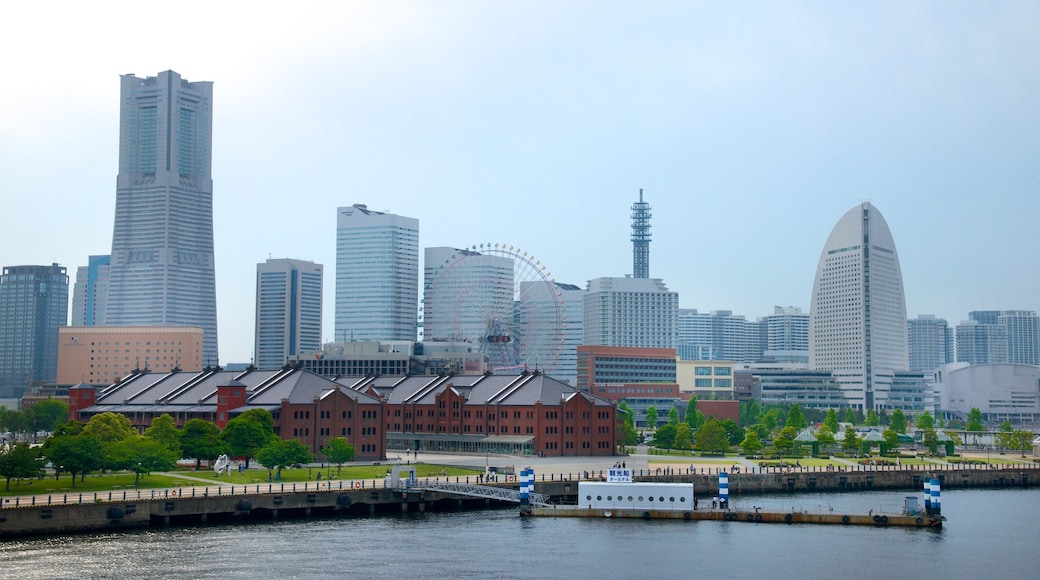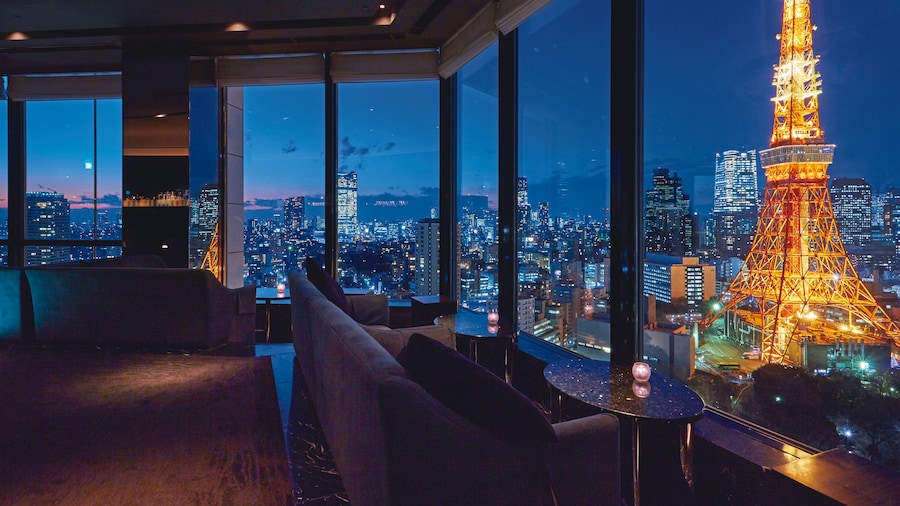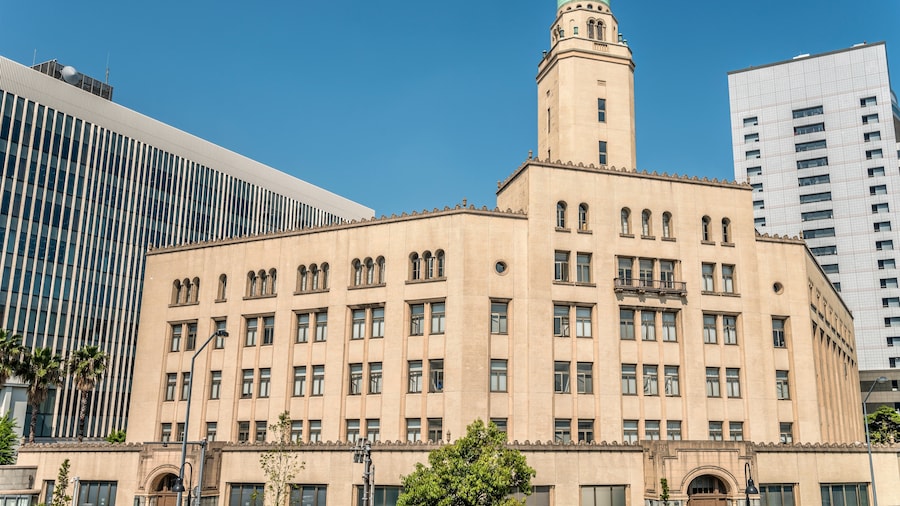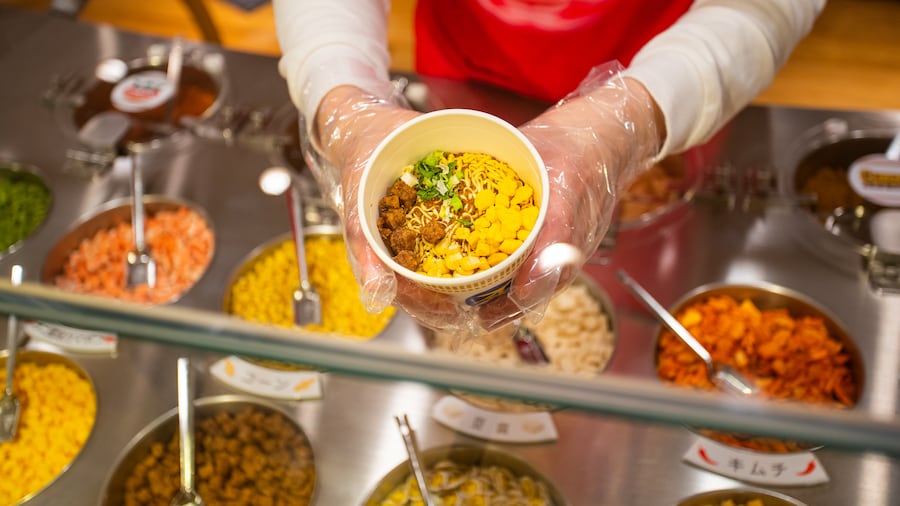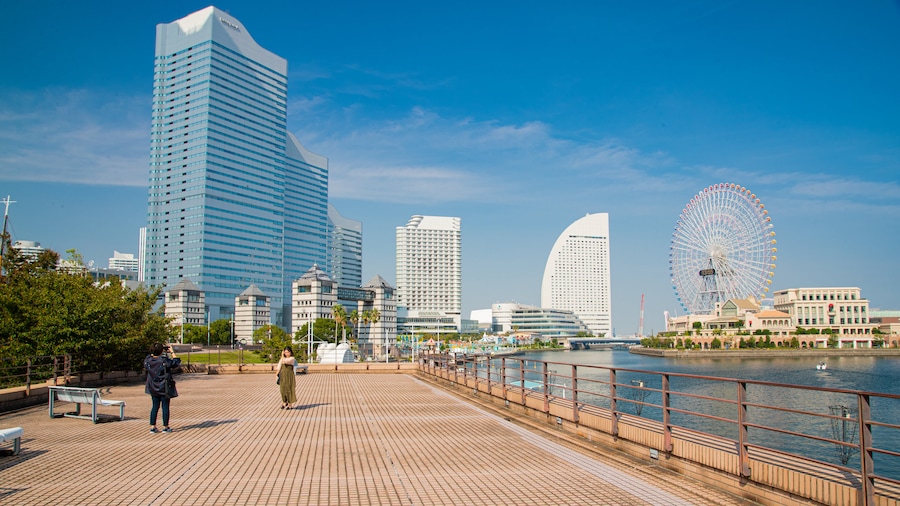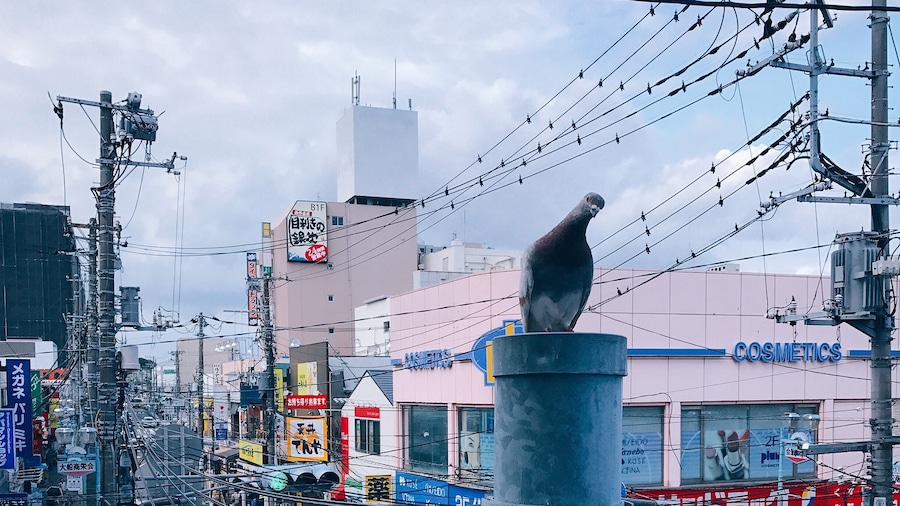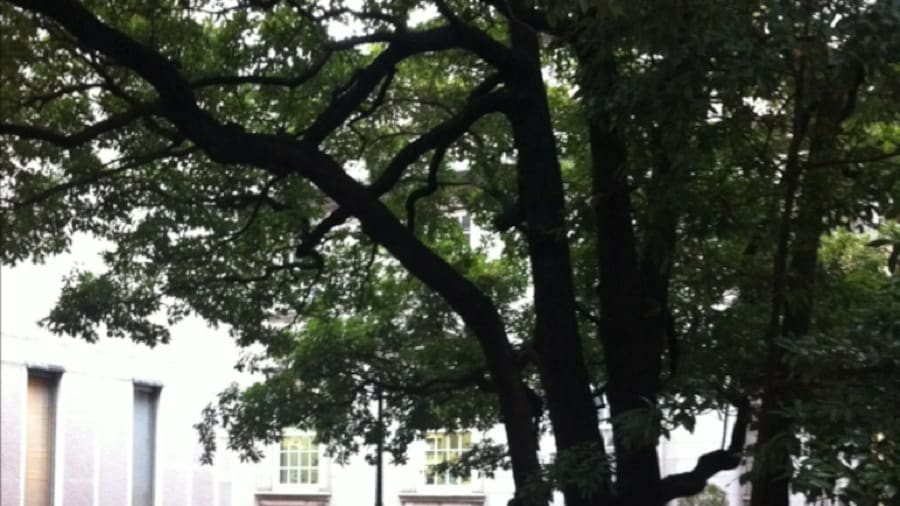These historic buildings date back to the early 20th century and now serve as unique shopping, dining and event venues.
Yokohama’s Red Brick Warehouse is named for the complex’s two main buildings, which are composed of handsome red bricks. This is an uncommon material for Japanese buildings these warehouses serve as rare examples of the country’s historic Western-style architecture. View their interiors which feature hardwood flooring and tilted ceilings, creating the perfect rustic, yet stylish setting for the commercial shops that occupy the buildings today.
Originally constructed in 1911 and 1913, the buildings once served as a base for the movement of goods in and out of Yokohama’s harbour. They managed to survive the Great Kanto Earthquake in 1923. After being occupied by the Americans, they returned to their original use following the end of World War II. The warehouses were closed in 1989 and then renovated and reopened as a heritage site and commercial space in 2002. Visit now to enjoy modern amenities in this historic space.
Start at the No.2 building, with bars, shops and restaurants. Browse independent shops selling handmade jewellery and local Yokohama products. Grab a beer at one of the bars and enjoy live music or sit at a café while admiring the beautifully restored features of the building’s historic interior. For a larger meal, head to the well-known Australian breakfast restaurant, Bills, or the buffet-style Fisherman’s Market.
Investigate the events taking place at the No.1 building, which houses a hall and several multi-purpose spaces. This building frequently hosts art exhibits, concerts, fashion shows and other cultural activities.
The outdoor square between the two buildings also hosts numerous events throughout the year. In the spring, stop by this square to see its colourful flower garden in bloom. In the fall, the space is converted into a beer garden for Yokohama’s lively version of Oktoberfest. Bring your skates in the winter for Art Rink, an outdoor skating rink set up during the colder months.
The Red Brick Warehouse is located within walking distance of Nihon-Odori, Sakuragicho and Kannai stations. The shops in the buildings all keep their own hours and holidays, with the restaurants typically staying open later into the evening.


